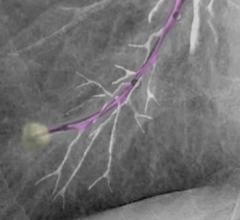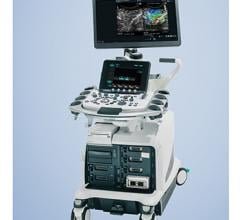People are impressed by new gadgets. When I say gadgets I mean inventive, often small, mechanical or electronic devices that may or may not be useful and are usually fun to play with. Gadgets that light up to musical rhythms are everywhere, but the one by Yamaha takes it a step further with a touchscreen grid of white LEDs that lets you play or compose music. Then there are the gaming helmets designed for video game players to use their thoughts instead of joysticks to control on-screen characters. Of course, robots have cornered the market for cool consumer thingamajigs. Many robots try to make our lives easier by doing chores and tasks.
Eventually, however, most of us grow tired of the novelty and today’s exciting new gadget gets lost in our desk or some other forgotten black hole. But in some cases, what is born out of the gadget world evolves into a revolutionary clinical instrument. We saw it happen when 3-D images, long established in video games and animation, were adopted as noninvasive diagnostic visualization tools in radiology. And we see it again, in this issue of ITN, with a robotic device converted into a swimming capsule endoscope. A spin-off of existing capsule endoscopies, this one is unique in a couple of ways – it is untethered and it has a tail – three tails, in fact. Its purpose is to swim down the GI tract in search of polyps and suspicious lesions. Meanwhile, the clinician steers it through and around the curves using a magnet. Although the swimming capsule is still in the testing stages, and has a few years to go before it is considered for clinical clearance, it just makes you think about that silly helmet your nine year-old is wearing at home in front of the TV — you might be wearing one day at work.
© Copyright Wainscot Media. All Rights Reserved.
Subscribe Now


 December 23, 2019
December 23, 2019 









